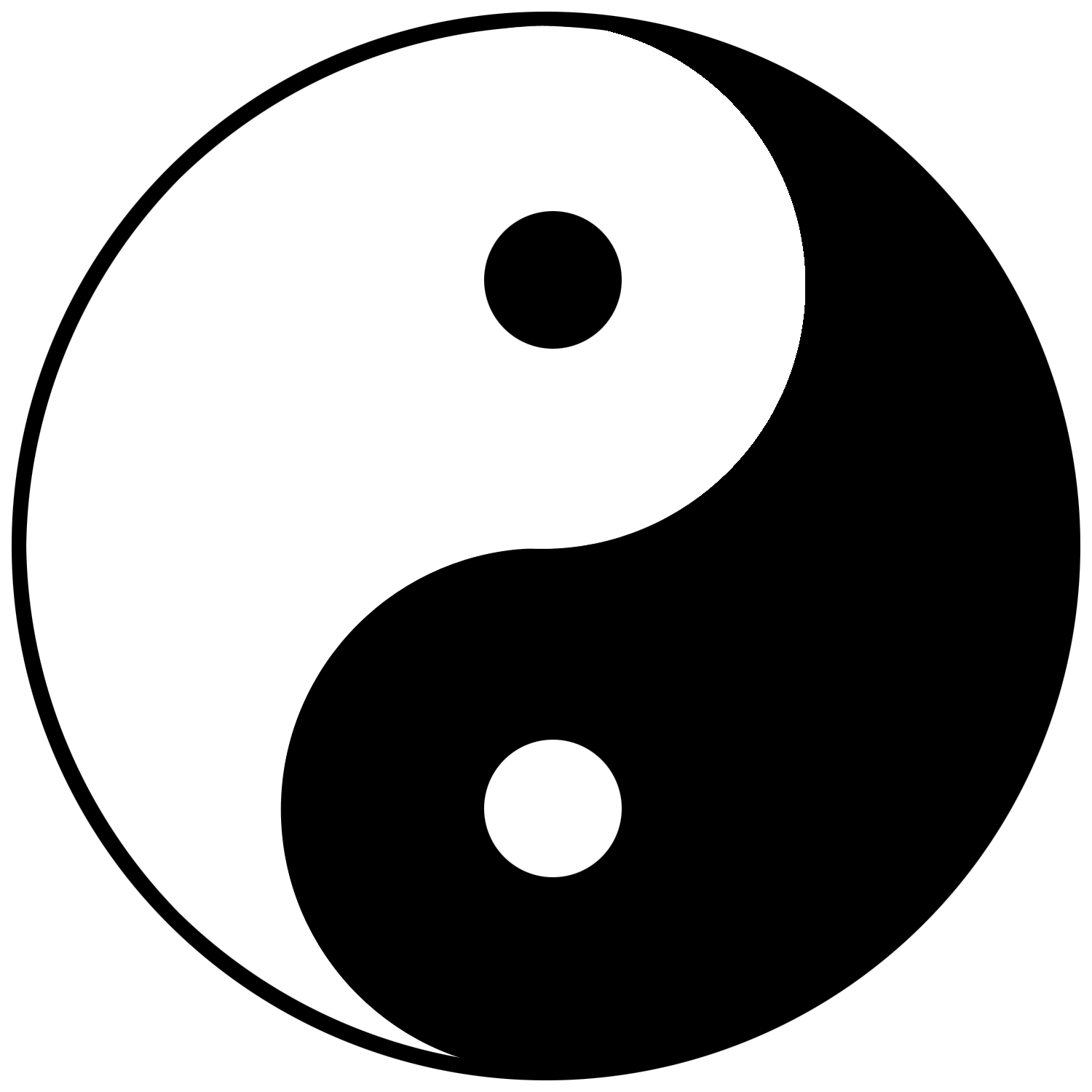Do you know which of the five elements most influences your horse?
/According to traditional Chinese medicine's five elements theory, a horse is influenced in varying degrees by five elements: Wood, Fire, Earth, Metal and Water. Horses whose constitutions are strongly influenced by one element will tend to have medical conditions associated with the systems governed by that element. Many horses are influenced by multiple elements, but it can be fun to determine which element most aligns with your horse's personality. Below is a list of some of the traits associated with each element when the individual is in a healthy, balanced state, as well as the most common issues that arise when that element is out of balance. Do any of these sound like your horse?
Wood
The main organ associated with the wood element is the liver. Wood governs the storage of blood, maintains smooth flow of qi, nourishes the tendons and ligaments and opens to the world through the eyes.
Balanced
- competitive/decisive
- assertive, confident
- dominant
- aggressive
- strong, fearless
- athletic stamina
Unbalanced
- tendon/ligament problems
- liver problems
- red eyes
- irritable or easily angered
- seizure activity
- hoof/nail and foot problems
Fire
The main organ associated with the fire element is the heart. Fire governs the blood vessels, houses the Shen (mind,) controls sweat and opens to the tongue.
Balanced
- lively
- playful
- communicative
- friendly/affectionate
- loves to be petted
- center of attention
- sensitive
Unbalanced
- behavioral problems
- separation anxiety
- restlessness/hyperactivity
- mental disturbance
- heart problems
- tongue ulceration
- spooky behavior
Earth
The main organ associated with the earth element is the Spleen. The earth element governs transporting and transforming functions in the body. It also controls the blood, muscles and limbs. The earth element opens to the mouth and lips.
Balanced
- relaxed, laid back
- friendly
- loyal
- slow and consistent
- serene and balanced
- good appetite
- easy keeper
Unbalanced
- loss of appetite
- diarrhea
- colic/ abdominal pain
- muscle atrophy
- obesity
- gum disease
- excessive worry
Metal
The main organ associated with the metal element is the lung. Metal governs qi and respiration. It regulates water passage, controls the body surface and opens to the nose.
Balanced
- loves order
- obeys rules
- aloof
- quiet
- independent
- disciplined attitude
Unbalanced
- nasal discharge or congestion
- sinus problems
- cough
- asthma/ trouble breathing
- upper airway or lung disease
- weak voice
- dry hair coat
Water
The main organ associated with the water element is the kidney. This element stores the prenatal essence (jing), governs the body water, controls the bones, urinary and reproductive systems, and opens in the ears.
Balanced
- careful, cautious
- timid, shy
- self contained
- hides or runs away
- meditative
- long life span
Unbalanced
- arthritis or disc disease
- urinary problems
- kidney problems
- hind end weakness
- withdrawn
- poor growth
- deafness, bad teeth
- reproductive problems
Having fun trying to figure out your horse? For more extensive reading on how the five elements align with personality types, please click here.







